By Norm Urban
HMM-163, to my knowledge, is, and has been, the ONLY U.S. Marine helicopter squadron that has distinguished itself for almost 40 years, using a non-standard, nonregulation, unofficial paint scheme. 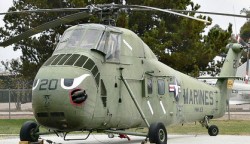 In Viet Nam, at least in 1966, most other Marine Sikorsky H-34 squadrons painted the transmission hump a specific color. But HMM-163’s were Marine green, with the “Evil Eyes” on the engine clamshell nose doors. This started while I was there, in January 1966. Soon, some Marines in the field were requesting support from the “Evil Eyes” choppers. Today, “Evil Eyes” are STILL painted on the nose of HMM-163’s Boeing H-46s.
In Viet Nam, at least in 1966, most other Marine Sikorsky H-34 squadrons painted the transmission hump a specific color. But HMM-163’s were Marine green, with the “Evil Eyes” on the engine clamshell nose doors. This started while I was there, in January 1966. Soon, some Marines in the field were requesting support from the “Evil Eyes” choppers. Today, “Evil Eyes” are STILL painted on the nose of HMM-163’s Boeing H-46s.
Who did it? Who was the first? Why? How did it spread to all the squadron birds? How was it approved by the Group (MAG 16), and the Wing (1st MAW)? How has it survived through different groups and wings for almost four decades?
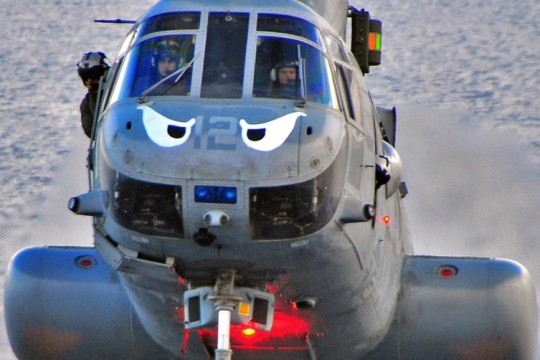
The H-34s at the Smithsonian Air & Space Museum, and the Leatherneck Aviation Museum at MCAS Miramar, are painted in HMM-163 colors, one with “Evil Eyes” on the nose, so clearly, it’s a significant question.
From February to October 1965, The HMM-163 “Ridgerunners” helicopter squadron became rather famous for it’s operations in Viet Nam. This was primarily due to a LIFE magazine cover story that appeared in the April 16, 1965 issue. The story, with photography by Mike Burrows, documented the combat death of Marine H-34 pilot, 1/Lt, James E. Magel and the rescue of wounded and paralyzed 1/Lt. Dale Eddy, while on a strike mission transporting South Vietnamese troops. For most U.S. citizens, this was the first time they were made aware of the extent of America’s involvement in Viet Nam.
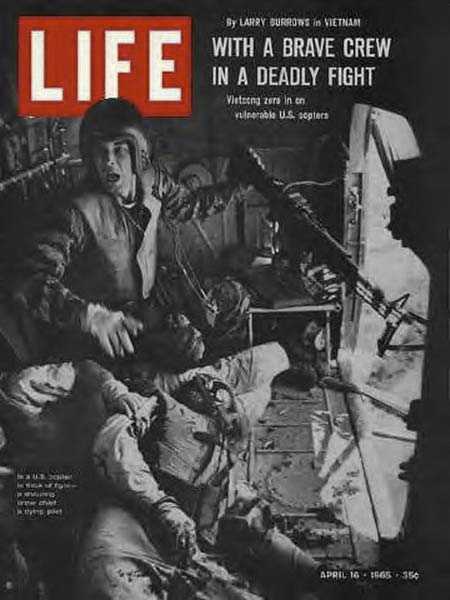
Later, in October 1965, HMM-163 relocated to the Marine Corps Air Station at Futema, Okinawa. LtCol Charles A. House replaced LtCol Norman G. Ewers as the new commanding officer. Since all the squadron personnel had finished their tour in Viet Nam, virtually all pilots and enlisted Marines were new replacements from other squadrons and bases. It was clear to LtCol House, and many in this composite squadron, that we needed to shake off the Life Magazine image, and begin jelling as a new unit.
And there wasn’t much time! The squadron was scheduled to return to Phu Bai, Vietnam in three months, on Jan 1, 1966.
One day, late in October ’65, Capt. Al Barbe, 1/lt Duel “Chris” Christian, and an unknown third officer, were discussing this need for unit cohesion symbol, when the Commanding Officer, LtCol House happened to join them. They tossed about various ideas to develop and build morale and espirit d’ corps. Suddenly, Al Barbe said, “I’ve got it!”
Al Barbe, HMM-163’s Intelligence Officer (S-2), was an experienced pilot who had left the Marine Corps to fly H-34s for Air America in Thailand, Laos and Cambodia for some time before re-joining the USMC and the squadron. He had married a Thai bride, had a home in Thailand, and was well versed in the SE Asian culture. Barbe suggested that two things upsetting to Orientals were evil spirits and being watched. This led to his idea of painting eyes on the clamshell nose doors of HMM-163’s Sikorsky H-34 helicopters.
After drawing a basic design, they presented the idea to LtCol House, who liked the concept and approved it immediately. Stencils were created and tested on one H-34, while still on Okinawa.
On January 1, 1966, HMM-163 flew by C-130 to Phu Bai, Viet Nam, relieving HMM-161 And taking over their H-34 helicopters. Painting of what were then called “Genie Eyes” (after the “I Dream of Jeannie” TV show), began immediately.

By March ’66, HMM-163’s “Genie Eyes” were being called “Evil Eyes” by ground Marines and squadron members. In August or September 1966, orders came from Wing to eliminate white paint on Marine helicopters. So the “MARINES” on the aft fuselage was changed from white to black, and other white markings, including the “star and bars” U.S. insignia, were to be eliminated or toned down. However, HMM-163 was now aboard a carrier off the coast, and used the excuse that they were therefore not directly under Wing command, so the “Evil Eyes” remained white. HMM-163 H-34 med-evac.
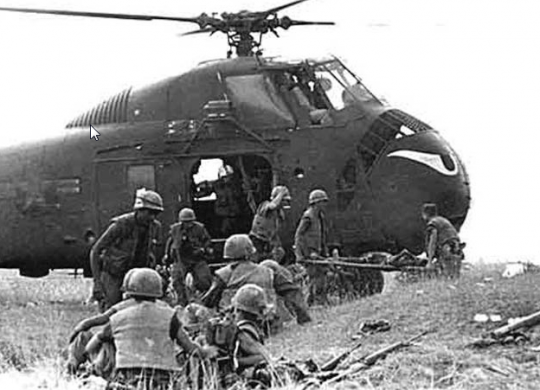
In October 1966, the squadron once again returned to Phu Bai, Viet Nam, still with black and white “Evil Eyes”. LtCol Otto Bianchi, now Commanding Officer, was a good friend of Major General Louis B. Robertshaw, First Marine Aircraft Wing Commander. Nevertheless, when Robertshaw, on a visit to Phu Bai, saw the “Evil Eyes”, he began to read Bianchi the riot act. However, also in the room, was the Marine General commanding the ground Marines in the area. He interrupted to say that; “It sure is great to have the “Evil Eyes” back here at Phu Bai!” Robertshaw relented and the “Evil Eyes” remained.
And have remained, ever since! Today “Evil Eyes” is the squadron logo, identity, trademark, and even radio call sign.
The above information has been collected from personal memories, interviews with HMM-163 veterans and internet sources. Any clarifications, additional information or corrections would be appreciated.
Norm Urban
nurban@adelphia.net
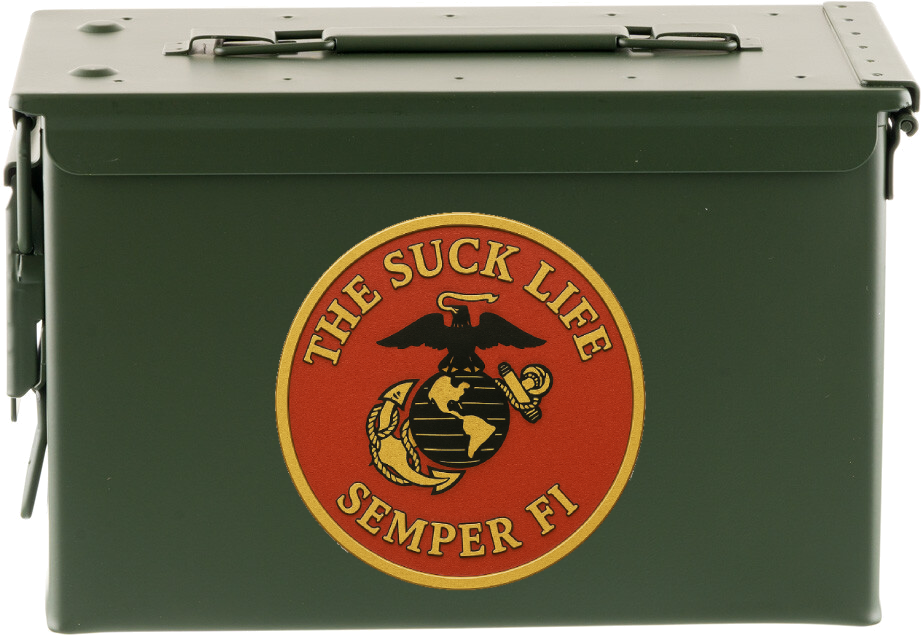
Ads suck. This site is 100% ad-free and reader-supported.
If this article added value to your day or meant something to you, toss a couple bucks in the ammo can to keep us in the fight. Thank you.



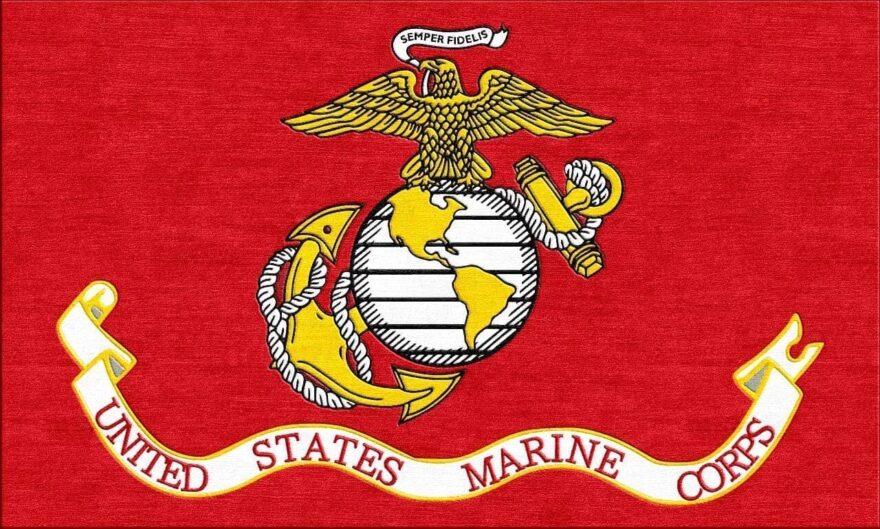
 Semper Fidelis
Semper Fidelis
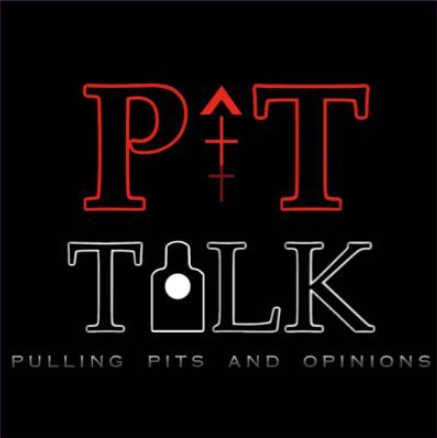
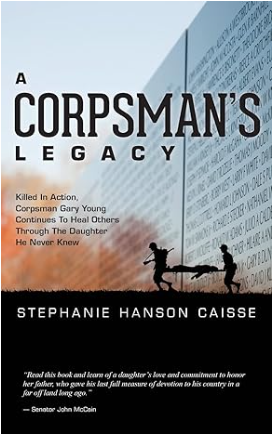
I was a Med-Evac corpsman, flying with HMM-163 first part off my tour. Arrived in country March 4, 1968 and along with 3 other new guys sent to Phu Bai and told we would be going to MAG-36 (Forward) at Quang Tri to (to become MAG-39 later). Flew orientation day from Phu Bai before going to Quang Tri and flew first day with HMM-163 March 17th. Flew with 163 until they transferred to Marble Mountain middle of May 1968 and flew remainder of tour on 46’s with HMM-262 and 161. My time flying on 34’s included last part of siege of Khe Sanh and many other memorable events. Thinking back on memories it’s hard to believe I flew on 34’s less than 2 months
I was a mechanic with HMM 163 in 66-67 under Lt Col House and Bianchi.
I was a corporal and maintained 17 vehicles including the CO. Jeep. We also had the privilege to fly 20 combat missions, as there was no Mos for door gunner at that time.
I flew with Major Albert, Lt Mason, Cpl Castle and on 02/24/67 SSgt Vernon took my place after my 17 th mission. I was ordered back to work on my vehicles for an inspection, that I argued to continue my last 3 missions. My crew members and Vernon were all KIA near the DMZ on the day I was scheduled to fly #18.
I missed those guys and still have remorse for not being able to take that mission.
I joined HMM-163 after boot camp in 1963. Trained for a year or so and headed to Okinawa in December of 1964. A few months later we departed to Vietnam. We lived in the barracks that the French left behind in Da Nang. I remember meeting Mr. Burrows from life magazine. He rode with us on a unassuming mission to drop off some ARVNS . We got hammered and he was taking pictures like crazy. We were not called “evil eyes” at that time. I’m now a 100% disabled veteran at the age of 77. SEMPER FI my brothers.
My first flight on a chopper in RVN was on an HMM-163 CH-37, upon entering country from El Toro Easter weekend, from MMAF to Hue Phu Bai. I later was attached to Col. House’s sqdn. for Operation Hastings as a LCpl (E-3) Air Traffic Controller from MATCU-68 running the dirt airfield at Dong Ha in July-Aug 66. We were running more flight operations per daylight hours than any airport did back in the States over a 24 hour day. That field was only about 3300 feet hard packed clay/dirt and we handled a mixture of all “fling wing”, C-130’s, C-123s and all smaller fixed wing a/c from the Corps, Air America, and a very few USAF and US Army a/c, and some few VNAF (South Vietnamese Air Force) CH-34’s. Only Medivacs and Chases flew at night off that field as we initially had no radar capability and limited lighting for the airstrip. In fact I lived in a pup tent while there. Fuel was supplied from rubber TAFDZ bladders that we laid out along the eastern and north eastern side of the N/S runway and filled with fuel brought in by cargo planes. It was a quick response from MACV Intel in June 66 that this major operation kicked off in early July 66 to remove 13,800 NVA regular army troops and equipment from the DMZ with only 7500 US Marines; grunts, aviation, and arty fire support bases stretched along basically south of the Dong Ha river from the coast west to LZ Xray. The men with HMM-163 were totally fearless in resupply and support of their brother Marines in direct contact with such a large and well trained force of North Vietnamese Regulars. VC (Charlie ) was kept busy trying to use the cover of the DMZ battle to take Khe Sahn, Quang Tri City , Hue, Hue Phu Bai airfield, and the various support positions along the infamous highway 1 from the VC held pass north to Hue, and other strategic points in I-Corps, but they were also turned back at every point. Giap pulled his forces back and began building for his exponentially larger force for the well known Tet 68 Offensive which, contrary to Cronkite’s lies (mis-information), destroyed the effectiveness of the VC and badly mauled the NVA .Even Giap who out lived every major officer of the US forces, stated that he thought he was beat and the war lost until Cronkite’s yellow journalistic speech and home front anti-win people such as Fonda, Dick Gregory and even Kerry statements gave him hope to wait out the south’s forces, rebuild, and then strike the final blow after the US Marines had been pulled out in 1970, all but the Embassy Marines in Saigon. The Marines lived up totally to their name and history in that fracas, the largest US Marine operation of the war. The following year, mid 1967, another Operation Hastings (II) was accomplished and for some reason it was better known stateside and in the media than the original. HMM-163 was also the sqdn. that went against orders an evacuated, under fire, a Special Forces team with RVN Spec Forces and Army from the Ashau valley when had they been left as ordered they would have been wiped out. Col House reportedly got an official reprimand from the highest authority and as a result never had a chance to put on the star of a Brigadier which most Marines and the South Viet Army he worked with thought he should have. I knew a few of those good men with that unit that did not make it home including 2 Fleet Marine Corpsmen, one with multiple tours, but they’ve always been in my thoughts and proud to have served with them even if all I knew then were the nicknames we used instead of full names. Only in the past 10 years have I found the real full names of 3 of those who fell.
My name is Jerry Downs and I joined HMM-163 in Okinawa in Sept.1966. We were on float before we went back to Phu Bi. I was in the aviation operations section. Stayed with the squadron thru Tet offensive at Quang Tri. There were great Marines I served with. Semper Fi..